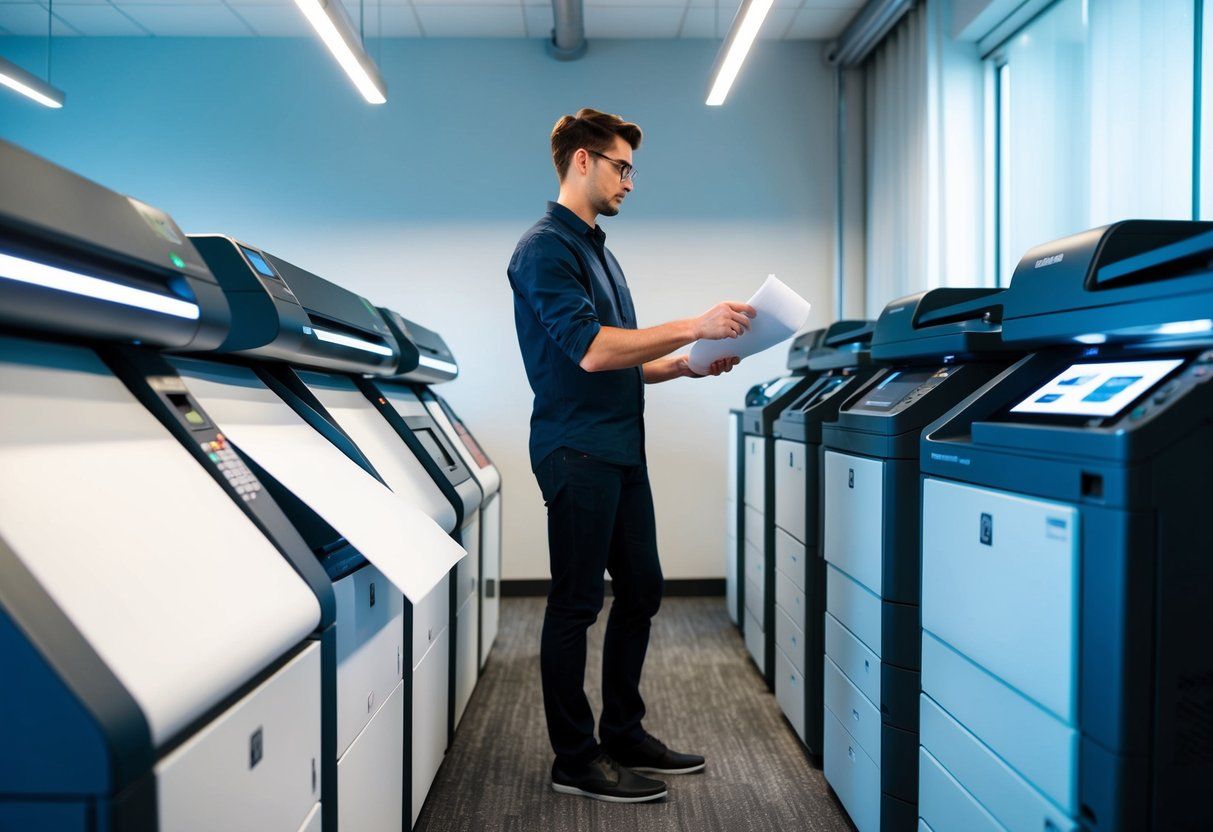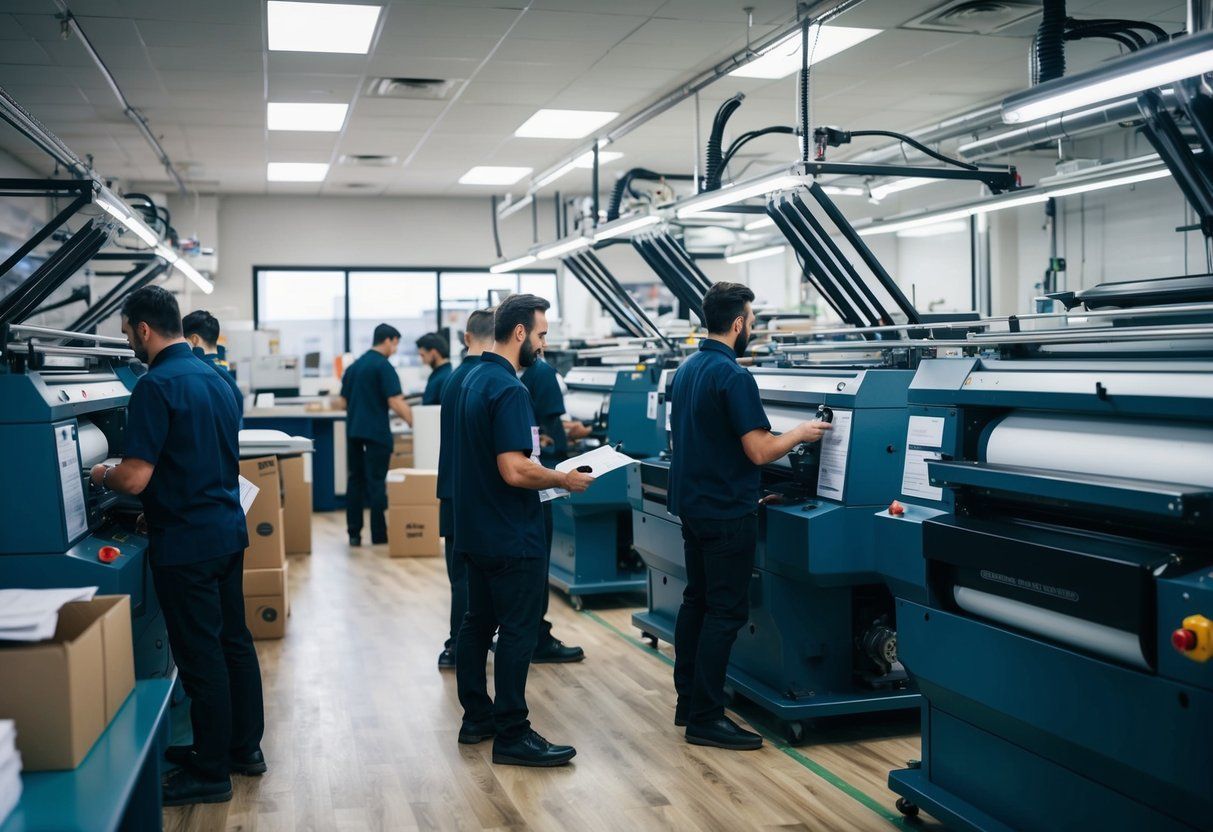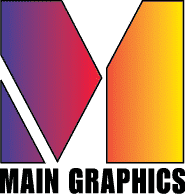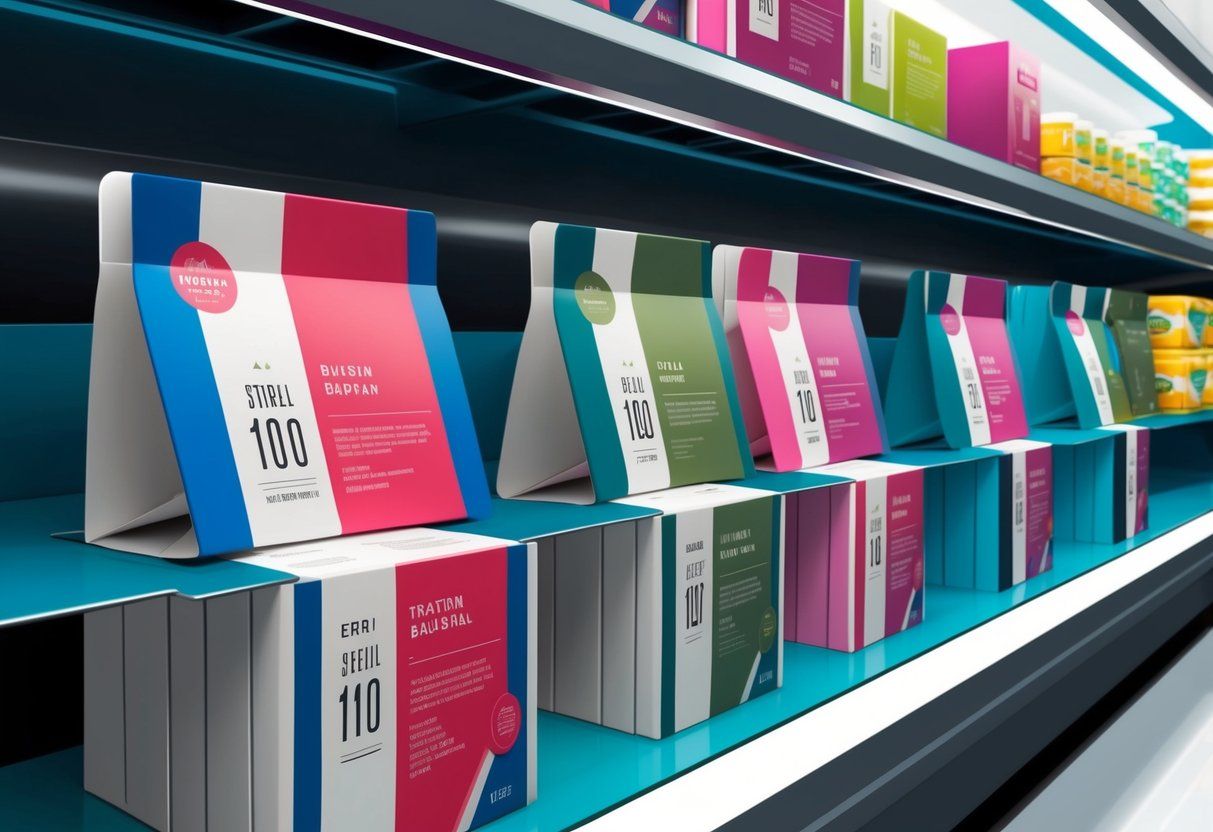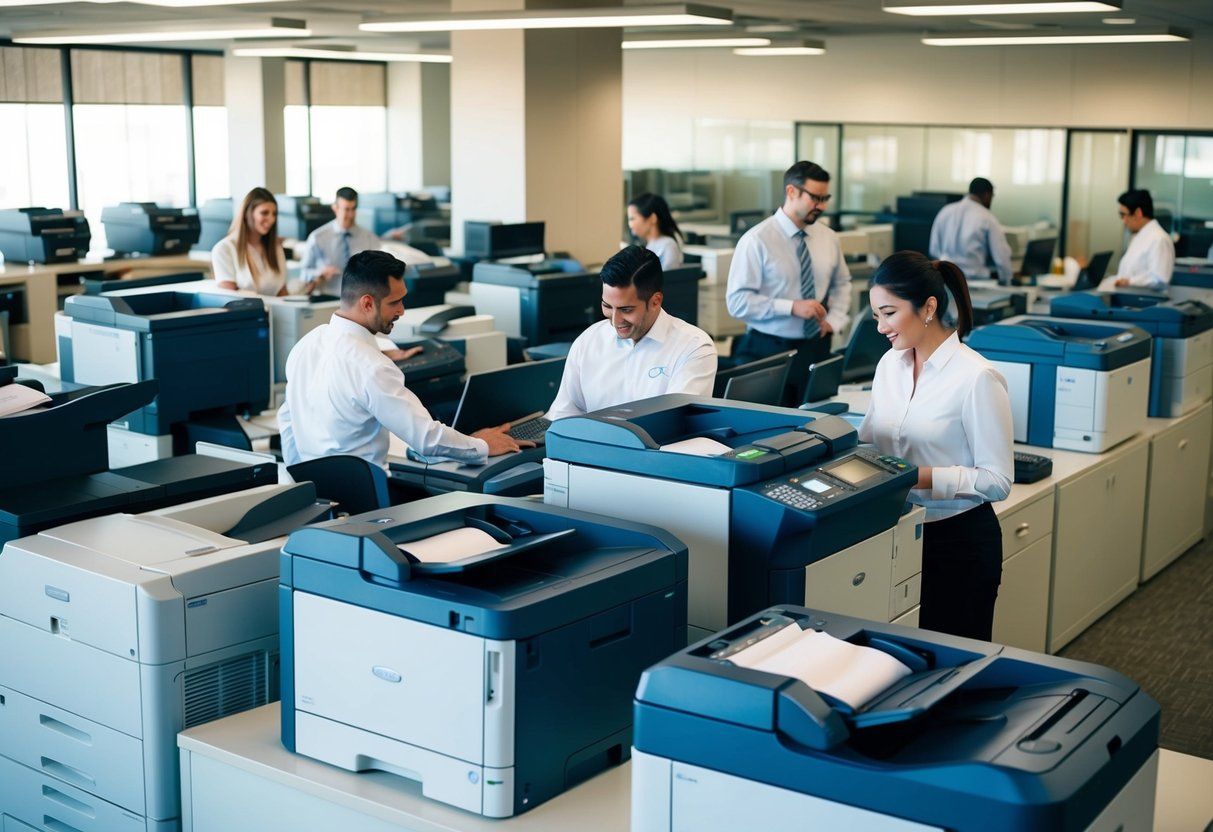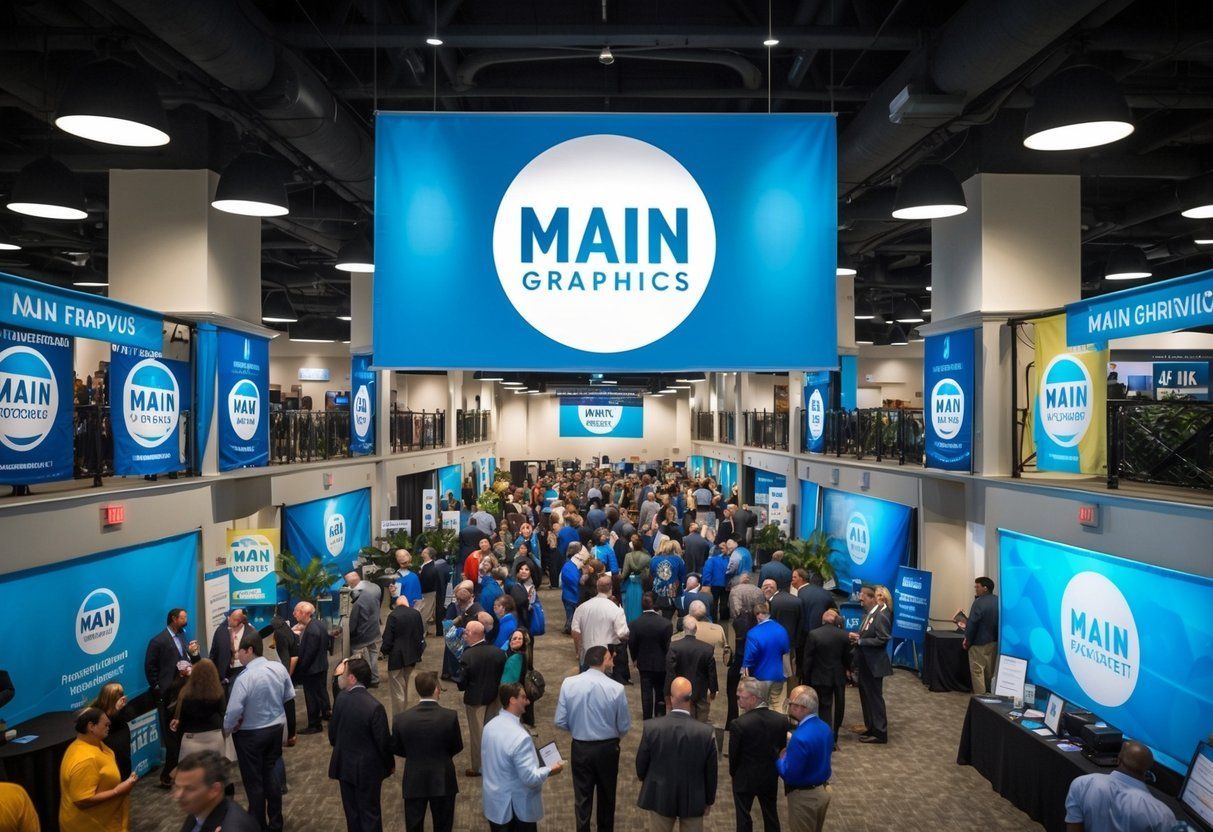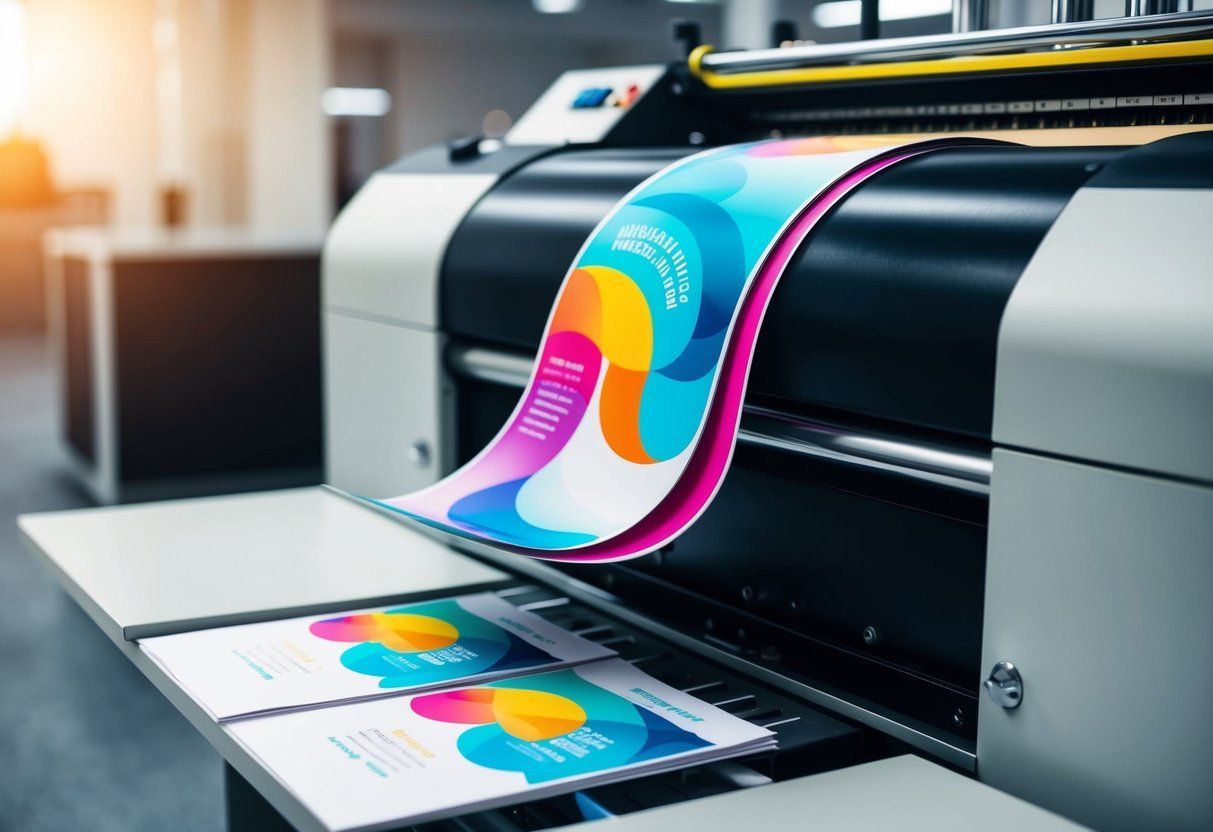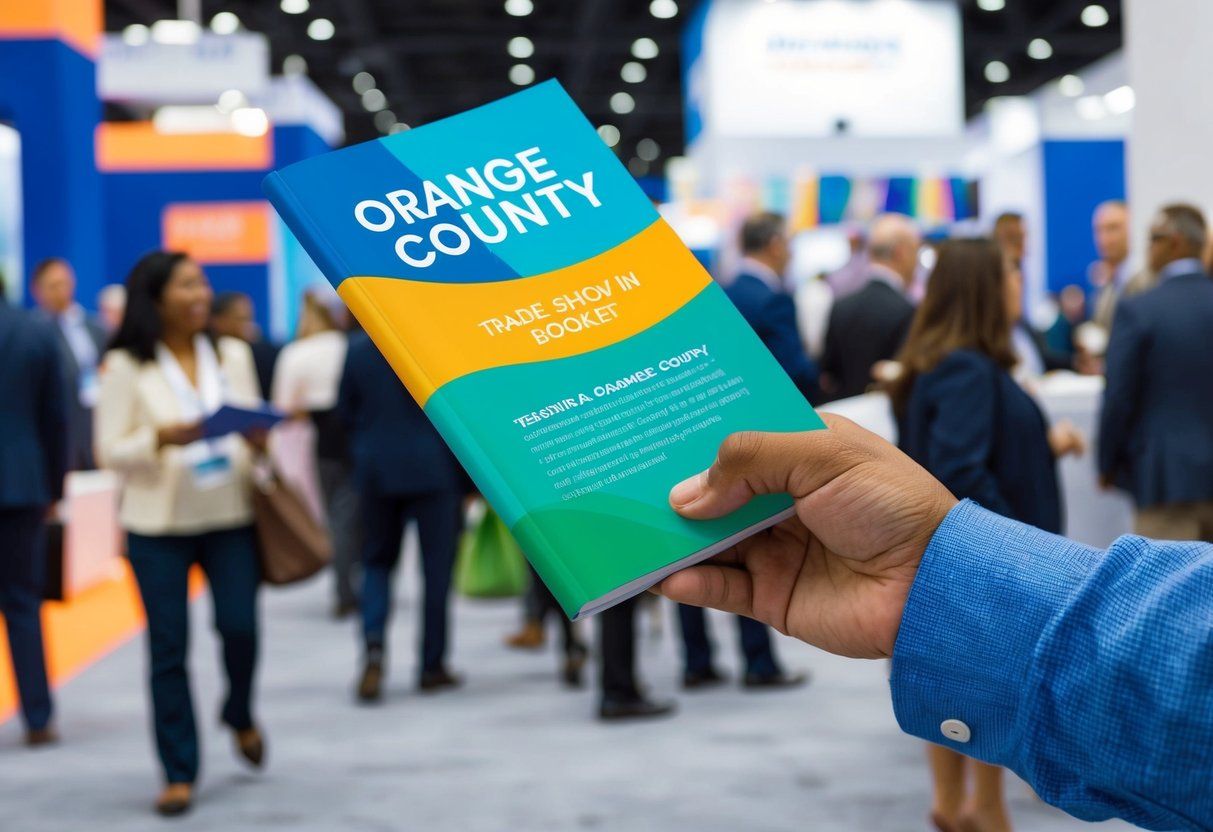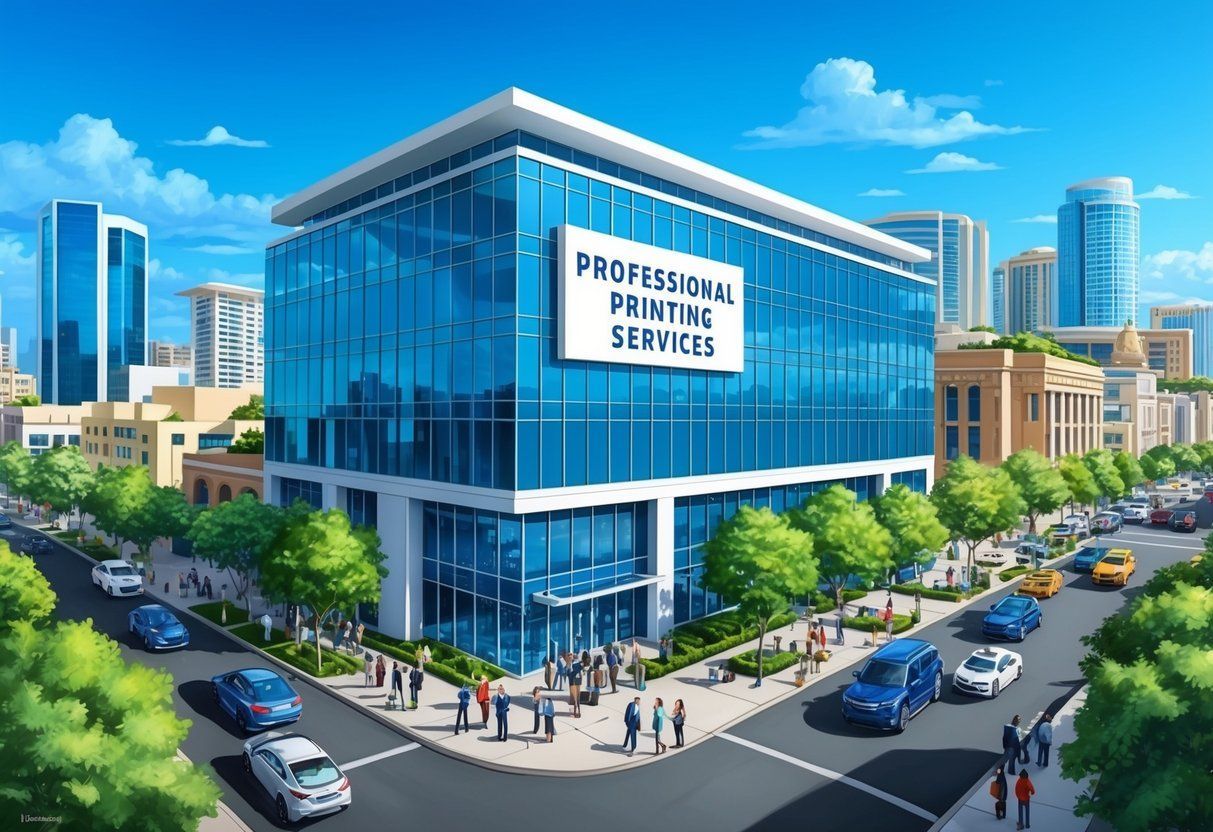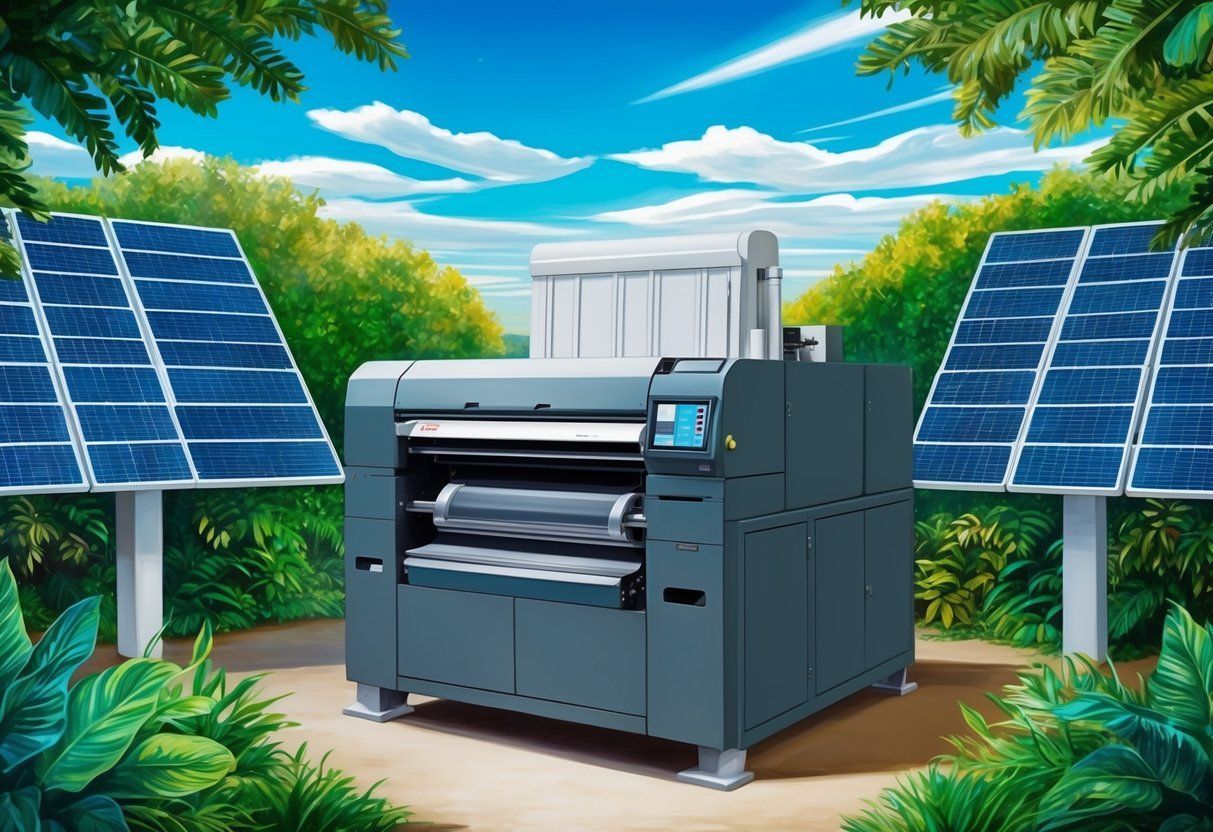Printed Banners: Effective Strategies for Outdoor Advertising
Printed banners are a versatile and impactful form of advertising and communication widely used by businesses, educational institutions, and event organizers. With a broad range of sizes, materials, and designs, these banners provide an efficient way to convey messages to the public, showcase branding, and highlight promotions. Efficient in both production and cost, printed banners are a staple in the toolbox of modern marketing, often selected for their visibility and the ease of customization they offer.
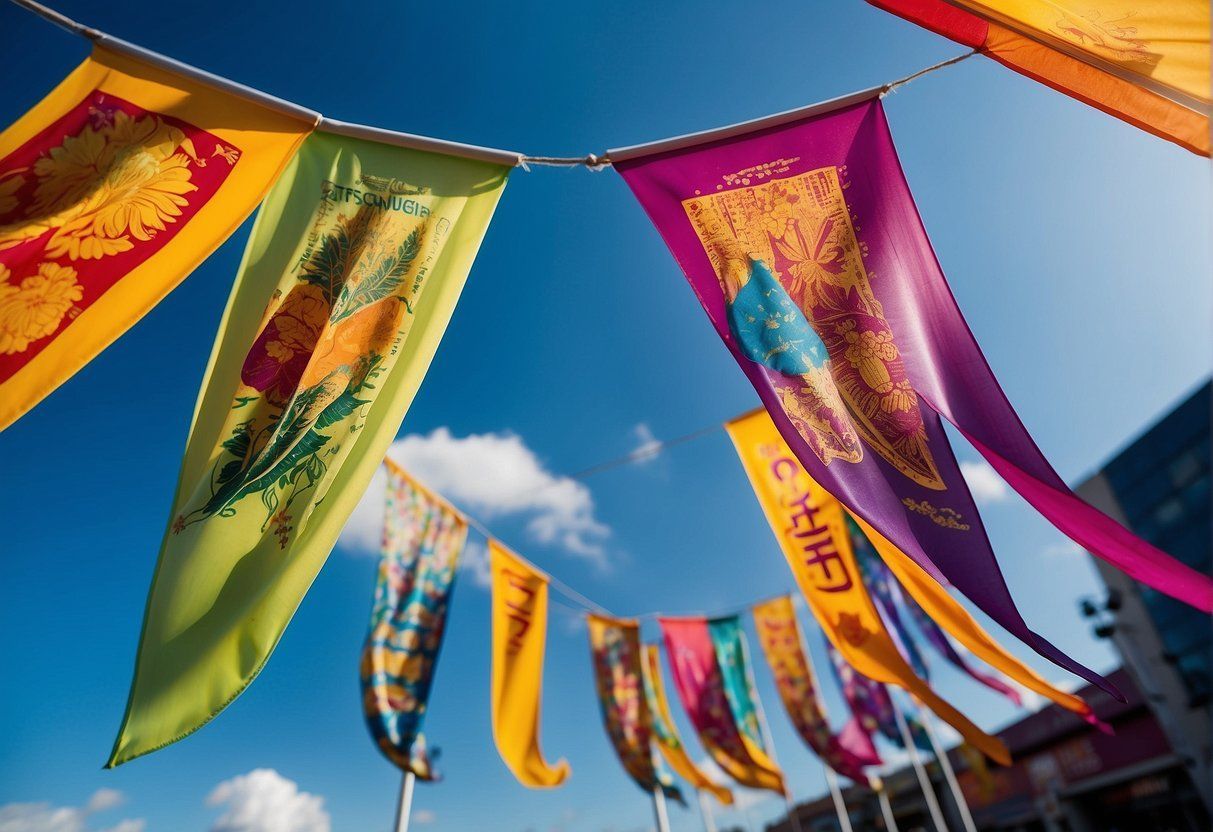
Understanding the spectrum of print options and specifications is essential for creating an effective banner. This encompasses the selection of appropriate materials to match the intended use, whether for indoor or outdoor applications, and also involves choices around resolution, color fidelity, and graphics that adhere to company branding guidelines. Design considerations are equally critical, as the layout, imagery, and typography must come together to form a coherent and engaging message that captures the attention of the target audience.
Key Takeaways
- Printed banners serve as a dynamic method for message delivery across a variety of settings.
- Design choices and print specifications greatly influence the effectiveness of a banner.
- Printed banners offer ease of customization and can be tailored to fit specific marketing and communication needs.
Understanding Printed Banners
Printed banners are a versatile advertising tool utilized for promotional messages and branding. They are designed to catch the eye in various environments, from trade shows to outdoor events.
Banner Types
There are several types of printed banners, tailored to different settings and purposes. Vinyl banners are widely used due to their strength and versatility. They are suitable for both indoor and outdoor use. Mesh banners are preferred for outdoor applications because the perforated material allows wind to pass through, reducing wind pressure and increasing durability. Fabric banners offer an elegant look and are often selected for indoor events, presenting vibrant colors and a high-quality finish.
Material Options
The choice of material significantly affects the banner’s appearance and longevity.
- Vinyl : Weather-resistant and sturdy, available in various weights and finishes.
- Mesh : Allows for airflow, ideal for high-wind locations.
- Fabric : Provides a high-end look with the advantage of being lightweight and washable.
| Material | Advantages | Best Use |
|---|---|---|
| Vinyl | Durable, versatile, weather-resistant | Both indoor and outdoor, long-term displays |
| Mesh | Wind-resistant, lightweight | Outdoor, especially in windy conditions |
| Fabric | High-quality print, elegant presentation | Indoor, trade shows, and upscale events |
Quality and Durability
High-quality and durable banners are fundamental for long-lasting use. Outdoor banners require UV-resistant inks to prevent fading and robust materials like heavy-duty vinyl to withstand weather conditions. Reinforced edges and metal grommets can extend the life of a banner by ensuring secure fastening and reducing tear risk. Custom printed banners can be created using advanced printing technologies, ensuring that the design remains crisp and vivid over time.
Design Considerations
When selecting design elements for printed banners, one must consider the ease of use provided by digital tools, the visual impact of fonts and graphics, and the range of customization available.
Design Templates and Tools
Digital resources simplify the design process for banners. Online design tools offer a plethora of free design templates , which provide a basic structure and aesthetic that can be modified. They often feature a drag-and-drop interface, making it easy for users to incorporate their own images and text. For example, an online designer tool might offer a selection of industry-specific templates, which can be further personalized.
Effective Use of Fonts and Graphics
Fonts and graphics greatly influence the banner’s legibility and appeal. Choosing the right fonts is crucial; they should be large enough to be visible from a distance and simple enough to be legible. It’s advisable to limit the number of font styles to avoid a cluttered look. When integrating graphics , high-resolution images should be utilized to ensure clarity and avoid pixelation. Graphics should support the message, not overshadow it.
- Fonts : Restrict to 2-3 styles for clarity.
- Graphics : High-resolution for quality.
Customization Options
Customization can set a banner apart. Through an online design tool , users can tweak design templates to fit their specific needs. This option allows for incorporation of unique images , selection of colors, and integration of branding elements. Customizable features through such a tool enable a tailored communication that resonates more effectively with the intended audience.
- Custom elements:
- Brand logos
- Specific color palettes
- Tailored messaging
Print Options and Specifications
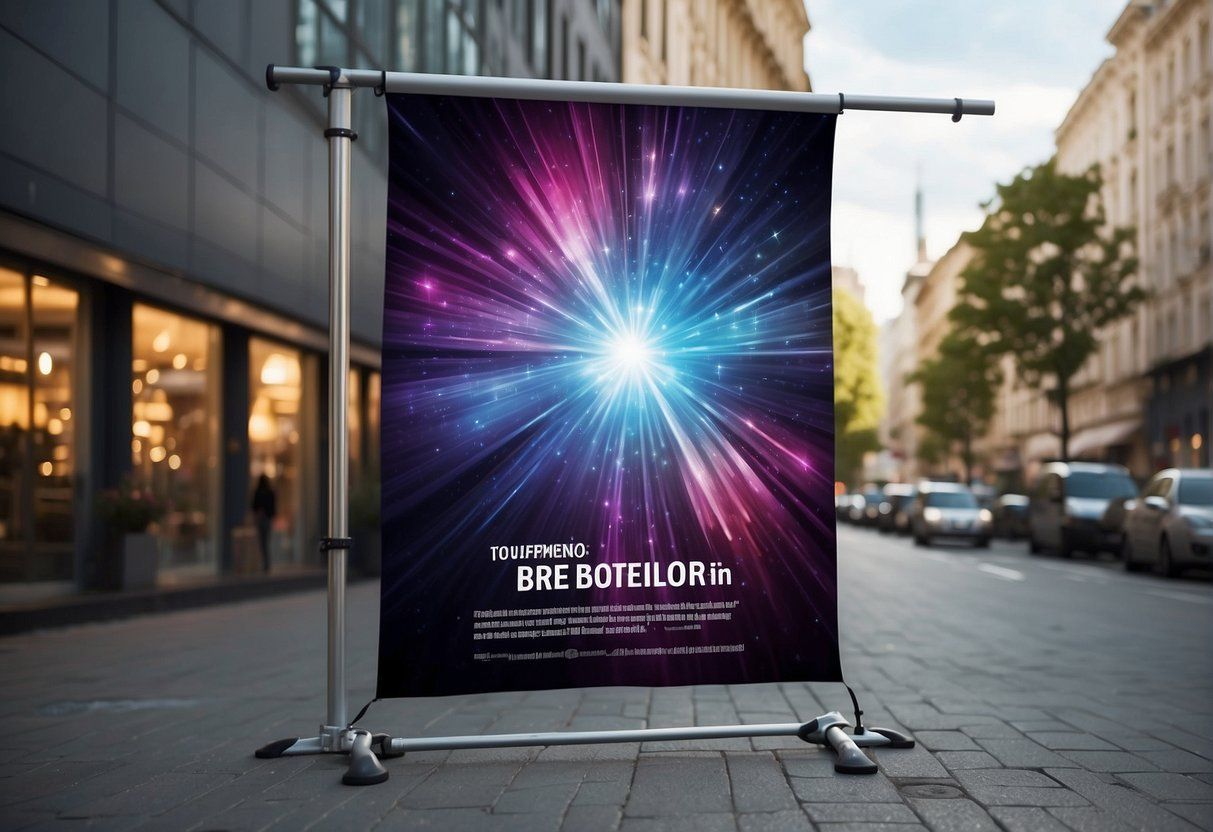
When selecting printed banners, customers have a variety of options regarding print quality, size, and finishes. These choices are crucial in ensuring the banner meets the specific needs of its intended application.
Print Quality
Print quality of banners is determined by the resolution and the printing process used. A high-resolution print typically starts at 300 DPI (dots per inch), producing sharp images and crisp text. The two common printing processes are:
- Digital Printing : Ideal for complex graphics with a wide range of colors. It allows for on-demand printing with no minimum quantity.
- Screen Printing: Best for large orders and solid colors, offering durability and vibrant hues.
Size and Scale
The size of a printed banner can vary widely to suit different spaces and visibility requirements. Common dimensions range from small banners of 2 ft x 2 ft to large-scale displays up to 10 ft x 50 ft or more. Custom sizes are also widely available, and they should be chosen based on:
- The distance from which the banner will be viewed.
- The physical area where the banner will be displayed.
Finish and Hem Options
The longevity and appearance of a banner are impacted by its finish and hem options. The most common finishes are:
- Gloss: Suitable for vibrant colors and indoor use.
- Matte: Reduces glare and is preferred for outdoor use.
Hemming provides durability, and options include:
- Welded Hem: Heat-sealed edges for enhanced strength.
- Sewn Hem: Stitched edges for a traditional finish.
Additional structural supports can be added, such as:
- Grommets: Metal rings typically placed every 2 feet for easy hanging.
- Pole Pockets: Sleeves on the top and bottom edges to accommodate poles for display.
Choosing the right print options and specifications will ensure a banner’s effectiveness and durability in various conditions.
Usage and Applications
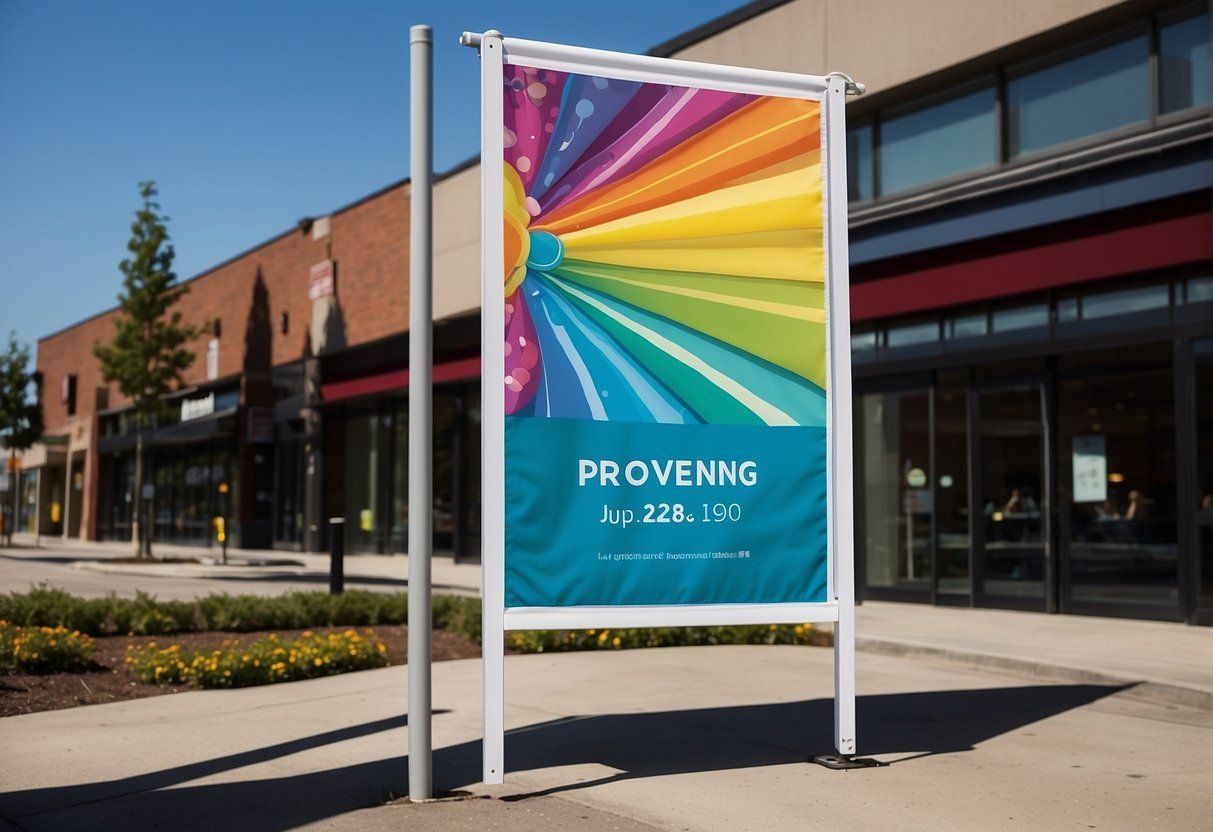
Printed banners offer versatile solutions for communicating messages across various sectors. They serve as effective tools in advertisement, event management, and wayfinding.
Advertisement and Promotions
Businesses frequently employ printed banners for advertising due to their visibility and cost-effectiveness. Real estate companies use them to announce open houses and property features on large, eye-catching banners. Restaurants often showcase new menu items or promotions using colorful, custom banners placed strategically for passing traffic. In political campaigns, candidates rely on banners to boost name recognition and inform the public about rallies or voting information.
- Real Estate : “Now Open” House Banners, Property Feature Highlights
- Restaurants : New Dish Announcements, Special Event Promotions
- Political : Campaign Rally Dates, Candidate Information
Events and Exhibitions
At trade shows and exhibitions, vendors capitalize on the functionality of printed banners to attract attendees to their booths. They provide quick, informative snapshots of products and services. Sports events utilize large banners for team branding and sponsor recognition, displayed prominently in stadiums and along marathon routes.
- Trade Shows : Booth Identification, Product Demonstrations
- Sports : Team Banners, Event Schedules, Sponsor Displays
Informational and Directional
Custom banners can offer guidance and information in a concise manner. They are commonly seen in parks, campuses and large facilities, assisting with navigation and disseminating important notices. Their use extends to temporary directional signs which help maintain order and safety during events.
- Directional : Entrance and Exit Signs, Queue Markers
- Informational : Safety Guidelines, Event Timelines
Ordering Process
The process of ordering a printed banner is streamlined to ensure customer convenience and efficiency. Customers can expect reliable service and support throughout their purchase experience.
Ordering Online
Customers can place orders directly through a company’s website, where they can browse the selection of banners. A typical online ordering process involves the following steps:
- Selection: Choose the desired banner size, material, and quantity.
- Design: Upload a personal design or use online tools provided by the company to create a custom banner.
- Confirmation: Review the order details, including the design, size, and materials.
- Payment: Complete the transaction with a secure online payment method.
For orders over $99, many companies offer free shipping, which is automatically applied at checkout.
Custom Order Services
If customers require personalized assistance or specialized banner options beyond the standard offerings, custom order services are available. This process typically includes:
- Consultation: A one-on-one discussion with a customer service representative to discuss unique requirements.
- Design Service: Professional design support to ensure the final product meets specific customer standards.
- Quote Provision: An itemized quote is provided detailing the costs involved.
Companies prioritize clear communication and efficiency when handling custom orders.
Shipping and Delivery
Once an order is placed, shipping and delivery follow these steps:
- Production: The banner is printed and prepared for shipping. Production times vary depending on the order complexity.
- Shipping Notification: Customers receive a notification with tracking information once the order ships.
- Delivery: Couriers deliver the order to the customer’s specified address. Delivery times depend on the shipping method selected and the location.
For orders exceeding $99, customers typically benefit from complimentary standard shipping, impacting the delivery timeline.
Through these organized steps, companies aim to provide a hassle-free ordering experience, with customer service ready to address any inquiries or concerns.
Price and Value
Printed banners offer a cost-effective solution for advertising and promotion. One’s choice determines whether they find a balance between price and value.
Cost Analysis
Printed banners vary widely in cost, largely dependent on size, material, print quality, and production time. To break down the cost:
- Materials: Vinyl banners are more affordable than fabric or mesh, with prices starting from approximately $3 per square foot.
- Size: Custom sizes are available, but standard sizes (e.g., 3’x6′, 4’x8′) often result in lower costs due to economies of scale.
- Printing: Full-color options are pricier than single or two-color prints. High-resolution graphics increase the price, but add visual impact.
Discounts and Offers
Businesses should watch for:
- Bulk Purchases: Discounts are commonly applied to large-quantity orders.
- Promotional Periods: Suppliers may offer reduced pricing during special sales events.
- Loyalty Programs: Repeat customers can benefit from loyalty discounts.
To sum up, smart purchasing decisions result in greater value without sacrificing quality.
Customer Engagement
Customer engagement through printed banners can significantly impact brand visibility and loyalty. Engaging with customers effectively can lead to more reviews and feedback, and satisfaction guarantees can play a pivotal role in fostering trust.
Reviews and Feedback
Printed banners grab attention and can encourage customers to leave reviews . Positive customer reviews are a powerful form of social proof that can elevate a brand’s reputation. Companies often display QR codes or URLs on their banners, leading customers to review platforms. A statistical analysis presented in a simple table can illustrate the effectiveness of this strategy:
| Review Type | Customer Increase (%) | Positive Impact on Sales (%) |
|---|---|---|
| 5-Star | 18 | 10 |
| 4-Star | 12 | 5 |
| 3-Star | 6 | 2 |
Businesses must monitor and respond to these reviews , showing customers that their opinions are valued and considered.
Satisfaction Guarantees
Including a 100% satisfaction guarantee statement on printed banners can reassure potential customers about the quality of the product or service offered. This guarantee demonstrates a company’s commitment to excellence and builds customer confidence. For instance, “Your satisfaction is guaranteed, or we make it right!” – this kind of messaging encourages customers to engage with the product or service, knowing they have support.
Businesses offering satisfaction guarantees might display terms in a noticeable format:
- Duration : 30-day guarantee
- Scope : Including all banner-related products
- Claim Process : Easy online form submission
Customers are more likely to trust companies that stand behind their offerings with clear guarantees.
Accessories and Additional Products
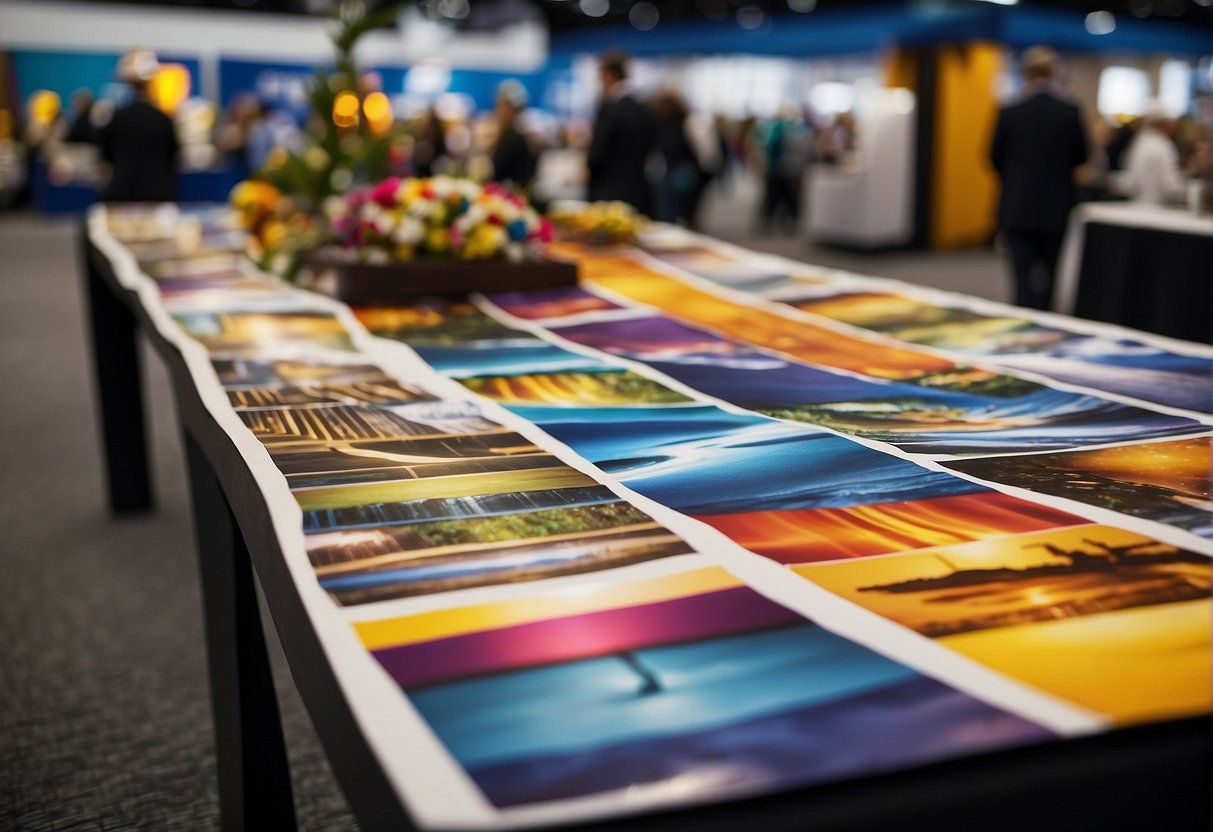
When considering the presentation of banners, it’s crucial to support them with appropriate stands and additional signage for a comprehensive display strategy. Quality accessories ensure that banners are showcased effectively and can be easily noticed by the target audience.
Banner Stands and Displays
Banner stands are essential for displaying banners at events, retail locations, and exhibitions. They come in various sizes and functionalities to accommodate different banner dimensions.
- Retractable Banner Stands: Ideal for travel and quick setup, these stands have a roll-up mechanism.
- X-Frame Stands: These stands are lightweight and use a tensioned X-shaped frame to hold the banner.
- Outdoor Stands: Designed with weighted bases to withstand elements, perfect for yard signs and outdoor banners.
Banner printing companies often provide these stands with options for both indoor and outdoor use, tailored to the specifications of the banners they produce.
Supplementary Signage
Supplementary signage like posters enhances visibility and complements primary banner messaging. Poster printing services offer a variety of sizes and materials to match different advertising needs.
- Directional Signage: Guides visitors to the main attraction or informs them of specific details related to the displayed banner.
- Informational Posters: Provides additional context or narrative to the banner’s main message.
These additional print products should be consistent in quality and design with the main banner to create a cohesive visual experience for the audience.
Technical Considerations
When preparing art files for printed banners, attention must be given to specific file formats and image resolutions. The software utilized for design plays a crucial role in the final product’s quality.
File and Image Requirements
File and image specifications are pivotal to ensure banners are printed at the highest quality. Below are essential points:
- Resolution : A minimum of 300 dpi (dots per inch) is recommended for clear images.
- Format : Commonly accepted file formats include TIFF, EPS, PD, and high-resolution PDF or JPEG.
Graphic design platforms such as Canva offer user-friendly interfaces for both desktop and mobile devices. They provide templates that adhere to these requirements. Esigns and other similar services often provide detailed guidelines on their website for file preparation.
Software and Platforms
Selection of the appropriate software has a direct impact on the design process and final output. Key information includes:
- Vector Software : Preferred for banner designs to allow scalability without loss of quality. Adobe Illustrator is a common example.
- Raster-Based Software : Suitable for photographic images; Adobe Photoshop is widely used.
For users who need to tabulate data or create charts for banners, Microsoft Excel is an effective tool on desktop computers. It should be noted that designs from Excel may need to be imported into a graphic design platform to ensure they meet printing standards.
Platforms like Canva provide accessible design tools that are user-friendly and optimized for both desktop and mobile creation.
Maintenance and Care
Proper maintenance can greatly extend the life of a printed banner, ensuring the owner receives the most value from their purchase. Regular care minimizes the impact of environmental factors and wear and tear.
Routine Cleaning
To keep banners looking their best:
- Gently wipe with a soft, damp cloth.
- Use mild soap for heavier dirt, avoiding harsh chemicals.
- Allow to air dry completely before storage.
Preventing Damage
Avoiding damage is key:
- Do not fold banners; roll them with the printed side out.
- Hang banners using all provided grommets to distribute weight evenly.
- Avoid direct sunlight for extended periods to prevent fading.
Storage
When storing banners:
- Keep in a cool, dry place.
- Use a protective cover or tube to prevent dust accumulation.
Repairs
For minor damages:
- Small tears can be mended with clear tape on the back side.
- For larger issues, consult a professional for repair options.
By implementing a consistent and careful maintenance routine, the durability and appearance of printed banners is preserved. This proactive approach to care ensures that the visual impact remains strong throughout the banner’s use, effectively supporting the initial investment.
Frequently Asked Questions
Selecting the right materials and understanding the specifics of banner printing can significantly affect the effectiveness and longevity of your printed banners. This section addresses common inquiries about printed banners to help you make well-informed decisions.
What materials are best suited for outdoor printed banners?
For outdoor banners, materials such as vinyl and mesh are highly recommended due to their durability and resistance to weather conditions. Vinyl offers a high-quality finish and is less prone to fading, while mesh is ideal for windy locations thanks to its breathable fabric.
How can I design a custom banner for my business?
Designing a custom banner involves using graphic design software or consulting with a professional designer. Ensure your design aligns with your brand aesthetics and effectively communicates the desired message. Additionally, use high-resolution images and legible fonts.
What are the durability differences between vinyl and fabric banners?
Vinyl banners are known for their robustness and longevity, making them suitable for long-term outdoor use. Fabric banners, while offering a premium texture and appearance, are better suited for indoor use or short-term outdoor events due to their more delicate nature.
What is the typical turnaround time for banner printing services?
Turnaround times for banner printing can vary depending on the provider. Generally, production takes anywhere from 24 hours to a few business days, not including shipping time. For specific deadlines, it’s best to consult with the printing service.
How do I ensure the colors on my banner match my brand identity?
To ensure color accuracy, provide the printing service with Pantone or CMYK color codes that match your brand identity. It’s also advisable to request a printed proof to verify colors before final production.
What size options are available for custom printed banners?
Custom printed banners can come in a wide range of sizes, from small tabletop displays to massive outdoor billboards. Most printing services offer standard sizes, and many are also equipped to handle custom dimensions as per client requests.…
